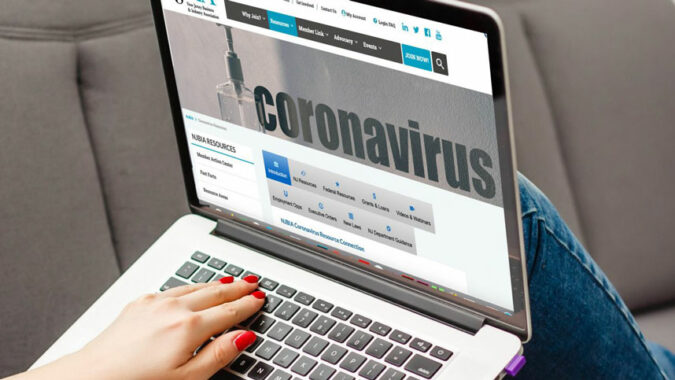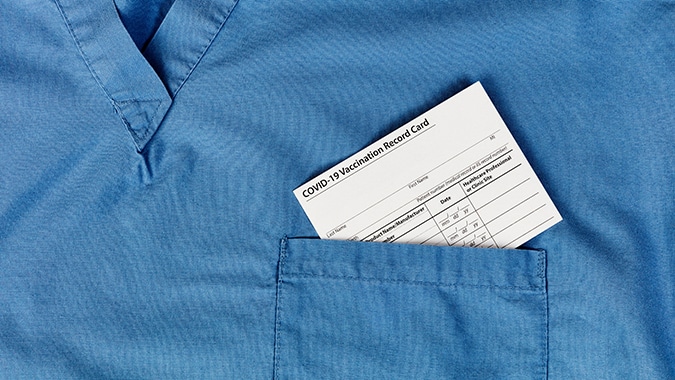 Since April 1, employers have been required to provide paid leave and Family and Medical Leave Act job protections to certain employees impacted by COVID-19. The U.S. Department of Labor gave employers a grace period to acclimate themselves to the new requirements, but that ended last Monday.
Since April 1, employers have been required to provide paid leave and Family and Medical Leave Act job protections to certain employees impacted by COVID-19. The U.S. Department of Labor gave employers a grace period to acclimate themselves to the new requirements, but that ended last Monday.
As with any government program, it’s not enough for employers to follow the regulations, they have to be able to prove that they have complied. During a webinar Thursday, attorney Adam Gersh of Flaster Greenberg PC and HR Support Specialist Judy Sailer of Primepoint HRMS & Payroll offered some tips on how employers can and should document their compliance.
“You need to absolutely be documenting every conversation, every email, every phone call that you have,” Sailer said. “You have to ensure that we as HR professionals and business owners are doing it correctly.”
The two presenters were talking specifically about the expanded job-protected leave under the federal Family and Medical Leave Act (FMLA) and emergency paid leave for most businesses with fewer than 500 employees. Employers who have not already done so should familiarize themselves with the programs’ requirements, which were enacted as part of the Families First Coronavirus Relief Act (FFCRA).
According to Sailer, documentation for any employee taking leave needs to include both the date the request was made and the dates the leave will be taken. After all, the leave programs are not retroactive, so any leave taken prior to April 1 does not count under FFCRA.
It’s also critical to document the reasons for the leave, particularly if it’s going to be paid leave, Gersh said.
“Employers are entitled to take a payroll tax credit for the paid leave they provide,” Gersh said. When employers go to pay their quarterly FICA payroll taxes, they will receive a printout of the amount they have contributed to paid leave and they will be able to deduct that amount from the taxes they owe.
“But we also need this documentation in the event of an audit,” Gersh said.
Paid leave and FMLA related to coronavirus are only available to employees who have contracted the virus, are under quarantine because they were exposed, or are caring for a family member with the disease. It’s also available for parents who are forced to care for a child who is home.
Sailer noted there are some pitfalls when it comes to documenting the reasons for leave. If the leave is to care for a child, Sailer said employers need to document the name of the child, the school or place of care that has been closed or cannot accept the child due to coronavirus restrictions.
This documentation needs to include a statement from the employee that no other person is able to care for this child, which is one of the program’s requirements. She said it’s important that employees understand they cannot have grandparents or other family members who are available in order to qualify for the leave for child care.
“We need to document that so that we’re not saying that this person is off because they have to take care of their child when that’s not really what the situation might be,” Sailer said.



